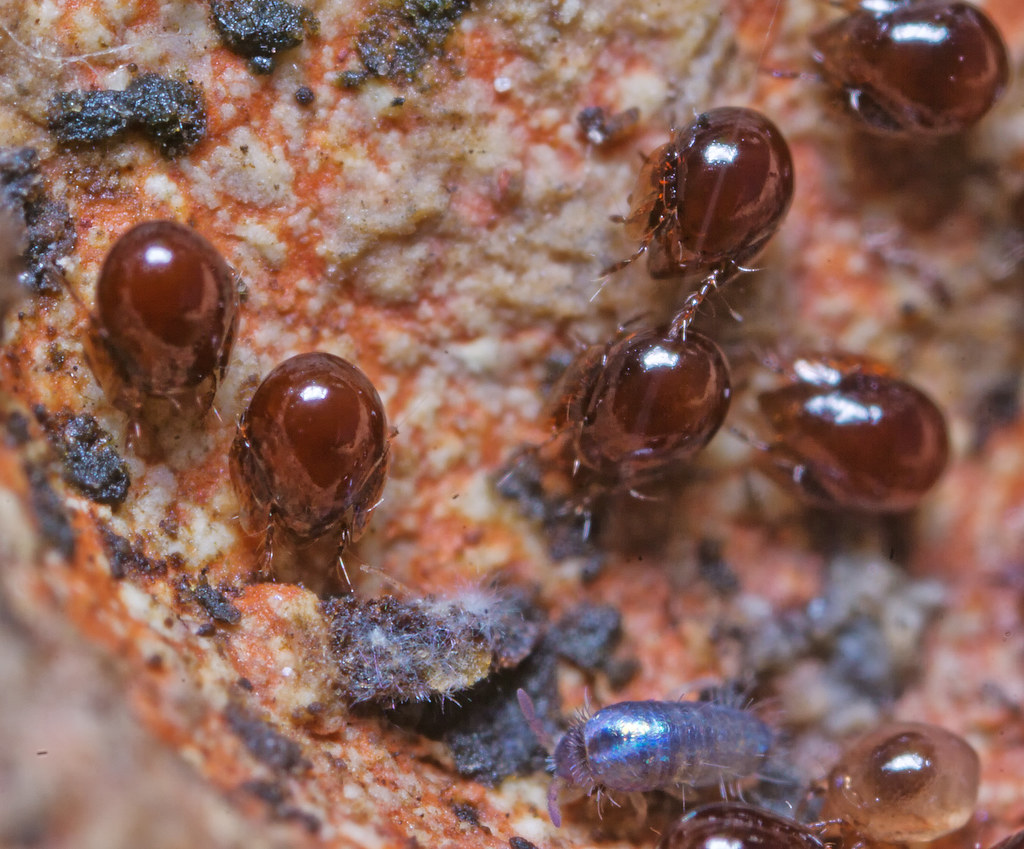
I've been feeling guilty about the MP-E 65mm languishing in a cupboard - in a Supertoys Last All Summer Long kinda way, so I pull it out and give it some love. Being completely honest, I've never really got to grips with the MP-E 65mm. This isn't a lens you just stick on a body and shoot, it's more of a lifetime commitment - in a Supertoys Last All Summer Long kinda way. The MP-E 65mm is the most light-hungry lens I've ever used and I've finally realized that my failure to coax it into life is down to my tendency to use natural light whenever possible. In short, my problems with this lens are defined by the equation:
[Gimme light, gimme light, gimme light light light; still not enough] x [At this magnification? I'm going to show up every tiny, tiny defect in your technique. Yes, including those you didn't know you had] = Big Fat Fail
Oh, I've used a flash with it in the past, but at full extension the front element is so far away from a hotshoe-mounted speedlight that the combination of the inverse square law and the fact that the working distance is so short that you're working in your own shadow anyway ... is a problem. A bit of packaging foam, an elastic band and some tinfoil helps though. Here's one I made earlier. Macro nerds are obsessed with diffusion, building elaborate homebrew setups from exotic materials, so what do you do when you want to test the effectiveness of a diffuser? Take a picture of something shiny. These Oribatid mites (about 1mm long) living under one of the tame bricks in my garden did the job. Identifying Oribatids to species level is beyond mere mortals, and to be honest, they're not the most dynamic organisms, sociably spending their entire lives doing almost nothing, but as shiny diffuser testers, they're hired. The little Lepidocyrtus springtail at the bottom of the picture - well he wasn't hanging around.
Sony ILCE-6000
Canon MP-E 65mm F2.8 G SSM
f9 1/60 ISO 100